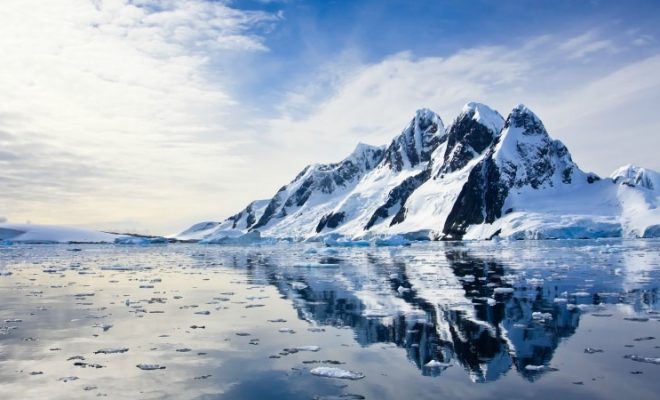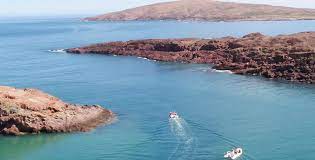Choosing Between an Antarctic or Arctic Cruise

When it comes to polar expeditions, the frozen landscapes of Antarctica and the Arctic offer two of the most pristine wilderness areas left on earth. Both provide unique experiences filled with breathtaking scenery and wildlife encounters. But when deciding on which polar cruise is best for you, there are several factors to consider including wildlife, climate, activities, and accessibility.
Antarctica beckons as the southernmost continent, famous for its massive icebergs, historical explorers’ huts, and teeming marine life. An Antarctic cruise is often a more isolated experience offering opportunities to see vast colonies of penguins, whales during migration seasons, and seals lounging on ice floes. Key attractions include the Lemaire Channel, Deception Island’s volcanic caldera, and the chance to step foot on the actual continental landmass of Antarctica itself.
In contrast, an Arctic cruise offers a different palette of experiences in the northern polar regions which encompass parts of Canada, Greenland, Norway (including Svalbard), Russia, and the United States (Alaska). While you may encounter penguins in Antarctica, the Arctic is home to polar bears hunting on sea ice, walruses basking on rocky beaches, and diverse birdlife nesting. Cultural encounters also abound in the Arctic with opportunities to visit indigenous communities and learn about their history and way of life.
Climate-wise both destinations are cold; however, Antarctica is colder with temperatures well below freezing whereas the Arctic has milder summers allowing for a bit more diversity in wildlife. The Northern Lights (Aurora Borealis) can be a compelling reason to brave the Arctic’s chilly environment for those wishing to witness this natural phenomenon.
Activities vary greatly depending on location. In Antarctica, kayaking among icebergs and zodiac cruises are popular ways to explore whereas the Arctic provides hiking opportunities in tundra meadows and dog sledding adventures. Expedition cruises in both regions focus on intense nature experiences with experts providing educational lectures throughout.
Accessibility is another key consideration – Antarctica cruising season runs from November to March during its summer months; voyages often start off from Ushuaia in Argentina requiring longer travel times for those coming from northern countries. The Arctic is more easily accessible for North American and European travelers with a wider cruising season from late spring through early fall.
In conclusion, whether you’re drawn by the allure of Antarctic expanses and exclusive wildlife or attracted by the diverse environments and cultural interactions of the Arctic – each cruise offers its own set of unforgettable memories. Consider what experiences resonate most deeply with your sense of adventure as you embark on this once-in-a-lifetime journey.






